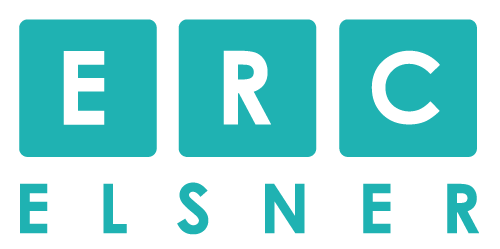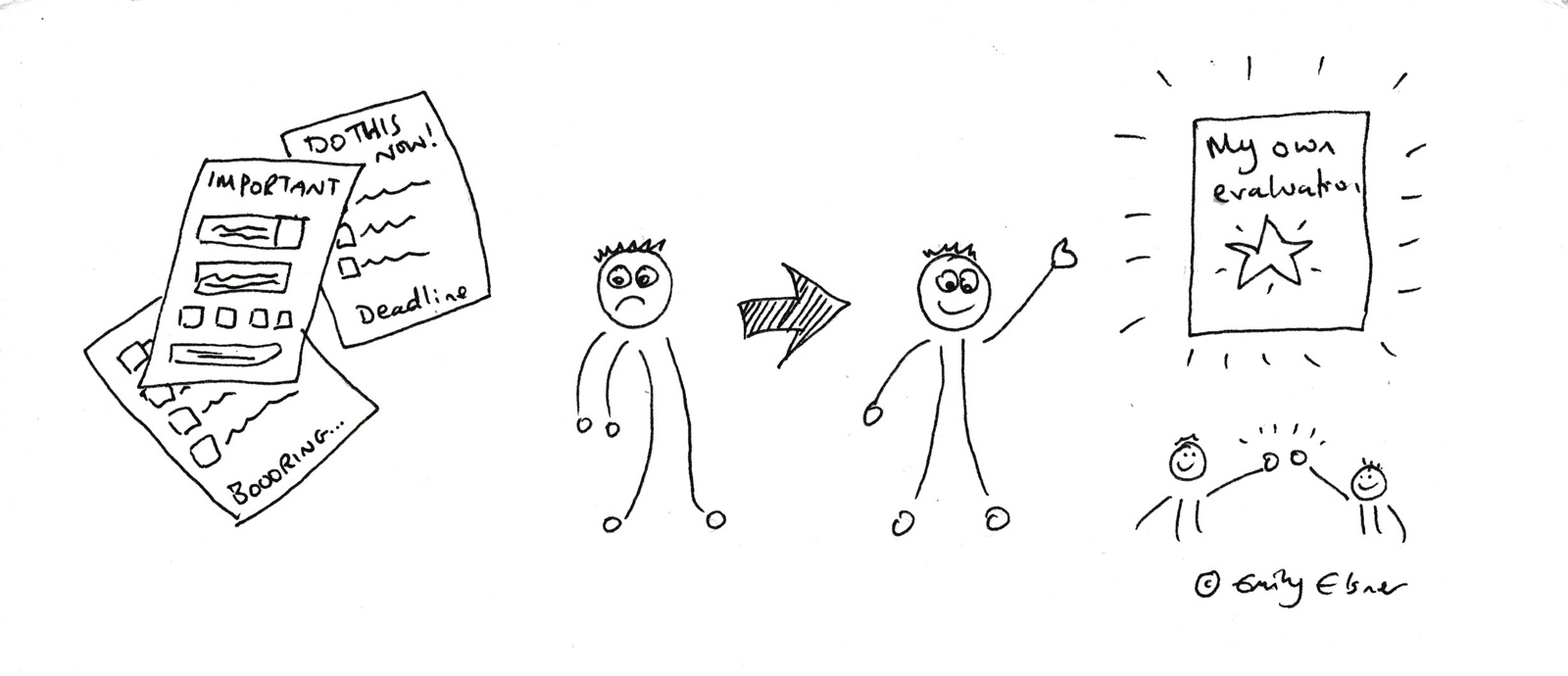Using grant reporting to develop your own project monitoring and management
The phrase ‘monitoring and evaluation’ often provokes groans and raises the spectre of complicated forms or time swallowed up answering broad questions in 200 characters or less. In the non-profit community, almost every funding or cooperation partner has their own evaluation process, often happening annually or at the end of a grant, when project managers are still wrapping up the programme, supporting beneficiaries with their onward journey, or simply not yet sure what the outcomes were.
Whilst at times irritating, these evaluation processes offer two opportunities:
- They can help you set up your own evaluation and impact measurement framework (assuming you don’t already have one)
- They provide a reason to stop and reflect on your project/programme
Adapt what is given to you
Creating your own evaluation and impact framework requires some clear thinking about cause and effect, plus time dedicated to writing out some indicators and setting up tools like surveys to collect data. Not everyone has the capacity or desire to do this whilst also fundraising, doing advocacy, managing participants, planning activities and the million and one other things that non-profits require to keep functioning. However, partners and funders who require you to comply with their evaluation are actually (sort of) doing you a favour by giving you a general set of questions about your project/programme that can be quickly adapted to your own ends.
For example, a common question that is asked on grant reporting is: ‘How many beneficiaries were impacted by this grant?’. The reaction you have is quite likely something like ‘what do they mean by impacted – I have some great stories from happy participants but they want a number here’ or ‘We have 10 sorts of beneficiary, how can I put this into this form which only has 1 box?’. These reactions help you define what is important about your project/ programme, and help you understand what you might want to collect data on in the future (e.g. you might wish to actively collect a story from each participant, or document your types of beneficiary more clearly). And voila: you already have two metrics for your own evaluation all sorted out – one on who are your beneficiaries/participants, and another on what they experience with your programme/product.
Hitting ‘pause’ and looking back
Having to think through questions such as ‘please tell us why you did not deliver all the things that you mentioned in your grant application’ is also a great reason to take a deep breath and reflect on how you work, and whether you are investing effort in the right places or whether you need extra/different support. Every project or programme has periods of frenzied working, and especially in a small or new organisation, this can mean that people are in ‘executive’ rather than ‘reflective’ mode on a permanent basis.
Completing reporting requirements for partners often means stopping, counting up your successes and failures, and understanding why things happened as they did. Taking this opportunity seriously can help with team management, future planning and simply working out the best way to work with limited resources (the sad reality for many non-profit organisations – see articles here and here for a review of why grants do not necessarily mean financial security for non-profit organisations). In conclusion, I invite you to turn the chore of regular monitoring and evaluation into a benefit for you and your organisation. And if all else fails, and you need a bit of support with your evaluation process or impact measurement approach, then do please reach out to me!





